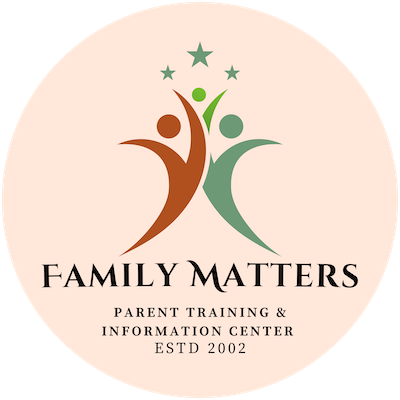Assistive technology helps people who have difficulty speaking, typing, writing, remembering, pointing, seeing, hearing, learning, walking, and many other things. Different disabilities require different assistive technologies.
Assistive technology (AT) is any item, piece of equipment, software program, or product system that is used to increase, maintain, or improve the functional capabilities of persons with disabilities.
- AT can be low-tech: communication boards made of cardboard or fuzzy felt.
- AT can be high-tech: special-purpose computers.
- AT can be hardware: prosthetics, mounting systems, and positioning devices.
- AT can be computer hardware: special switches, keyboards, and pointing devices.
- AT can be computer software: screen readers and communication programs.
- AT can be inclusive or specialized learning materials and curriculum aids.
- AT can be specialized curricular software.
- AT can be electronic devices, wheelchairs, walkers, braces, educational software, power lifts, pencil holders, eye-gaze and head trackers, and much more.
How do you choose the right assistive technology?
Most often, the choice is a decision you make with a team of professionals and consultants trained to match particular assistive technologies to specific needs. An AT team may include family doctors, general and special education teachers, speech-language pathologists, rehabilitation engineers, occupational therapists, and other specialists, including consulting representatives from companies that manufacture assistive technology.
Information was directly quoted from the Assistive Technology Industry Association. To view more content, please click the button below:

